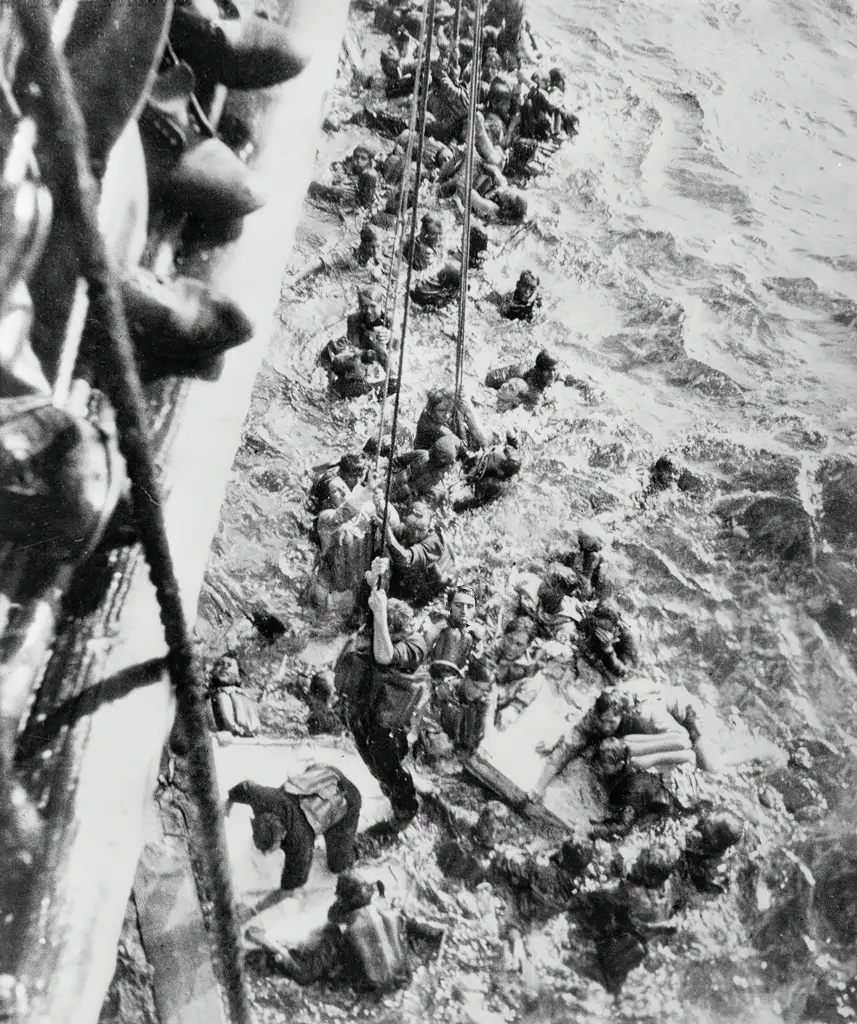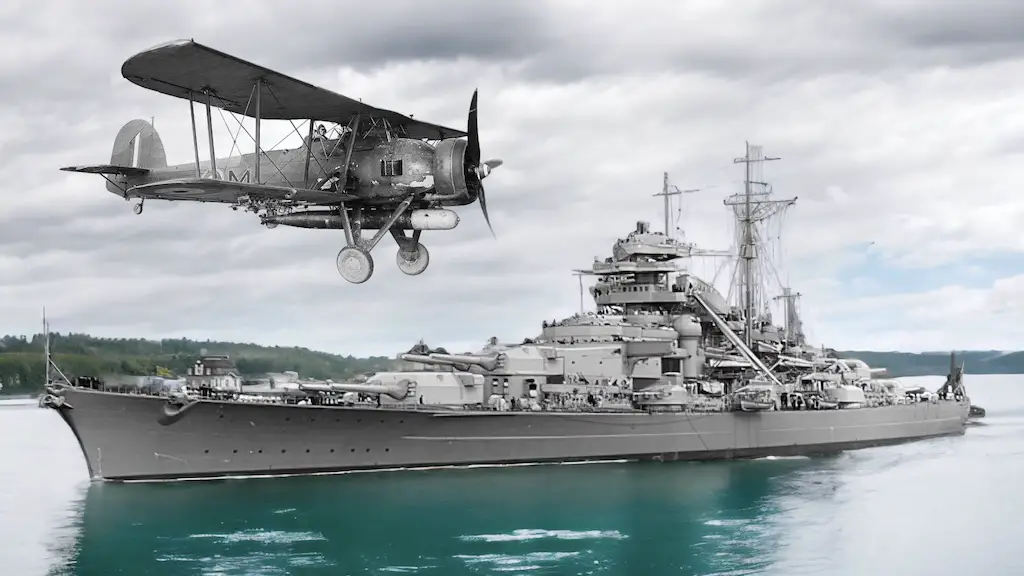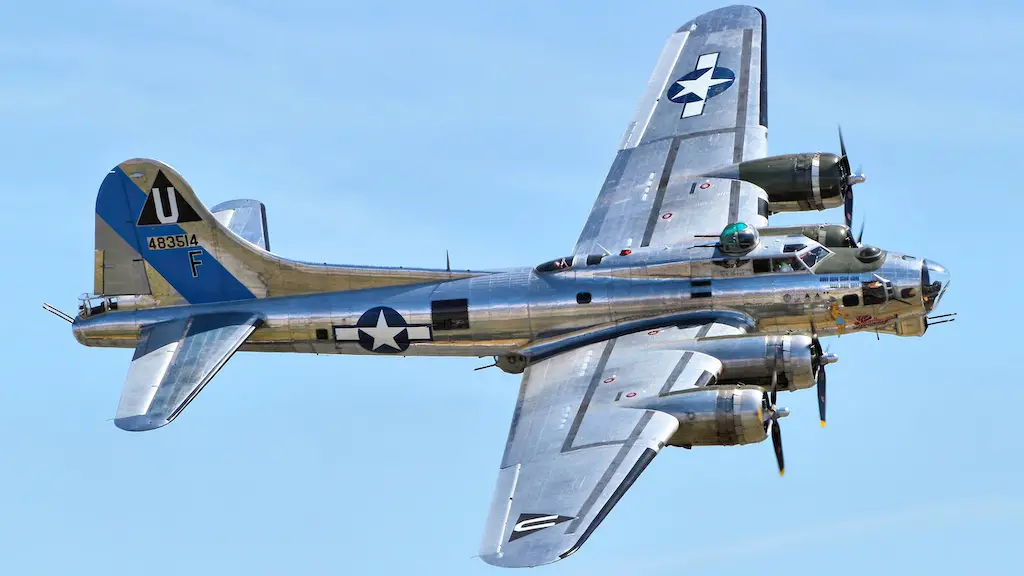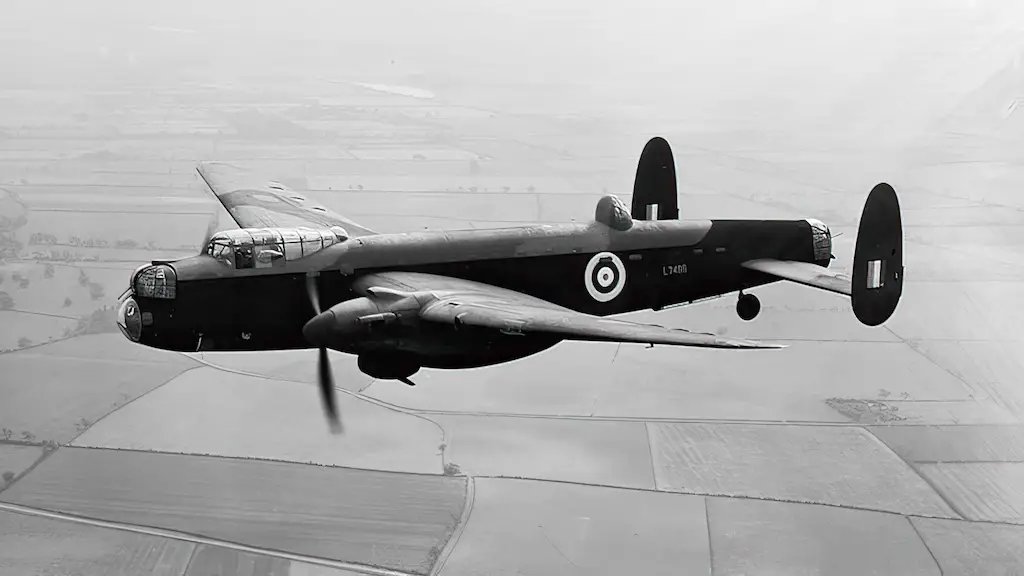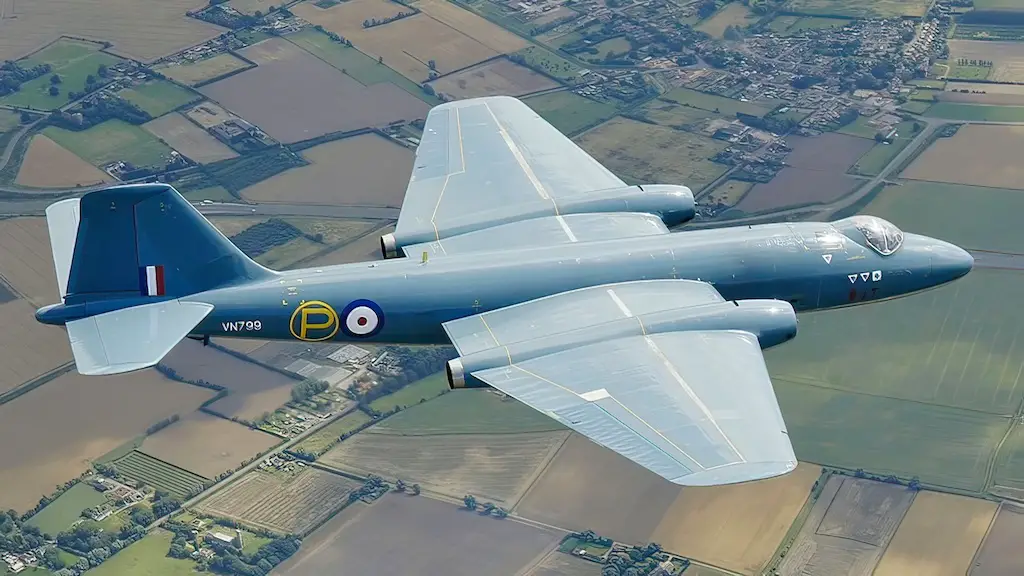The Birth of the Terror
In May 1941, England’s radar blinked with the presence of the Bismarck battleship. The ominous presence of the Bismarck battleship cast a formidable shadow upon the turbulent waters during World War II. In May 1941, the ocean became a battleground where the mighty Bismarck, Germany’s most potent warship, played a crucial role in the Battle of the Atlantic. Commanded by the esteemed Admiral Lütjens, the battleship ventured into the Norwegian Sea with a singular mission: disrupt Britain’s vital sea routes. The German High Command viewed the success of Bismarck as a key strategic element in preparing for conflicts with the Soviet Union.
The ship itself was an astonishing spectacle, a symbol of imposing strength. Along with the heavy cruiser Prinz Eugen, the Bismarck made audacious attempts to infiltrate the Atlantic Ocean. Despite facing various challenges and the anticipatory gaze of the British naval defenses, the Bismarck and its crew emerged with a fierce determination, showcasing the battleship’s destructive capabilities by sinking the HMS Hood and forcing the HMS Prince of Wales into a harried retreat.
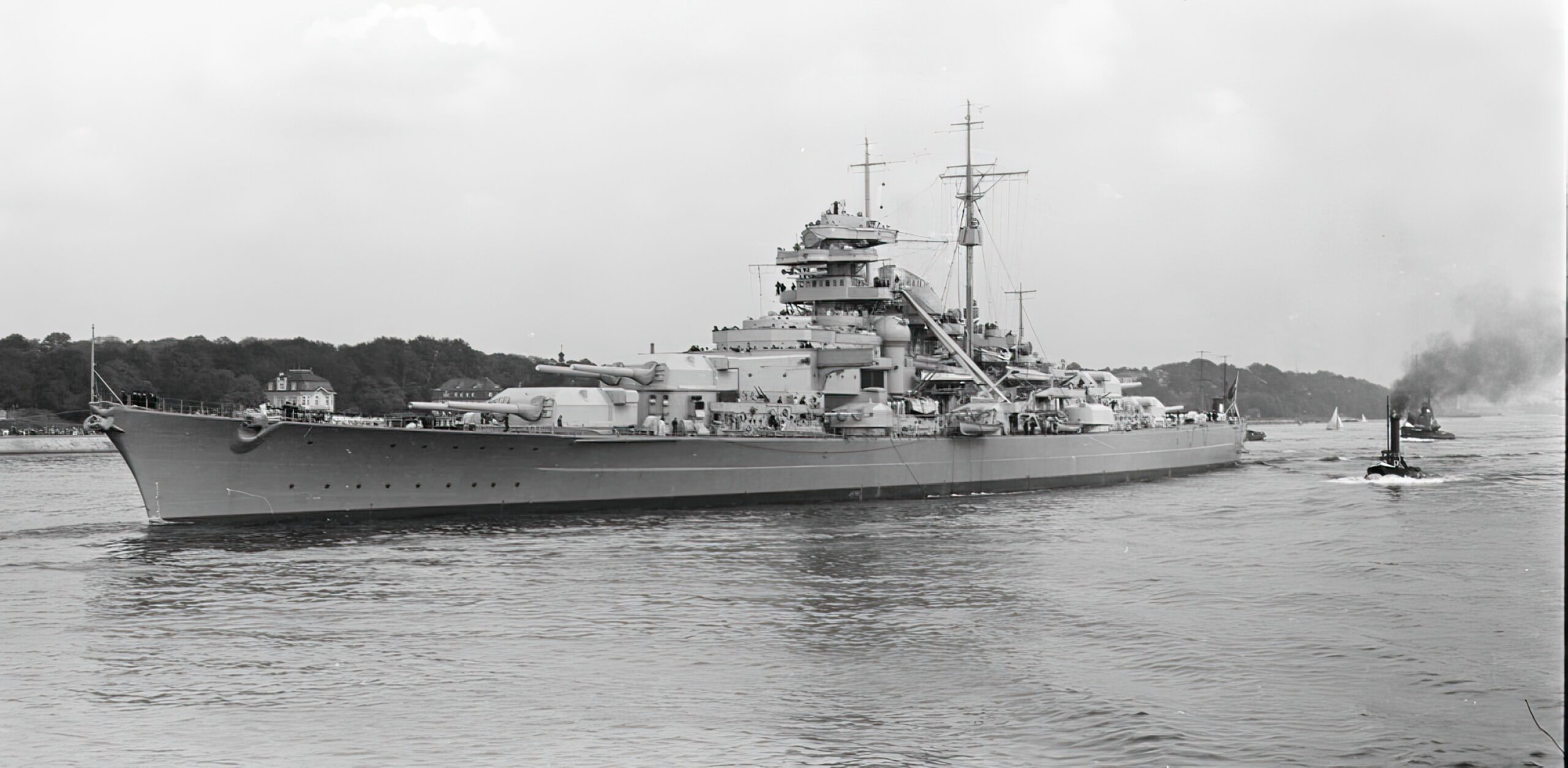
A Pivotal Confrontation
With the British defense forces on high alert, an orchestrated aerial assault was planned against the mighty Bismarck. Fairey Swordfish biplane torpedo bombers, deemed obsolete by many, were chosen as the bearers of this crucial mission. The meticulous plan saw the aircraft attempting to overwhelm Bismarck’s defense mechanisms from different directions, aiming to disorient and dismantle its structural integrity.
Pilot John Moffat played a pivotal role in Bismarck’s destiny. Facing a barrage of anti-aircraft fire, Moffat flew with unyielding determination and a focused mind. The sea became a battleground from the skies, with the Bismarck defending itself against the looming threat of torpedoes. Moffat’s daring maneuvers and the calculated release of torpedoes were instrumental in tipping the scales against the mighty German battleship.
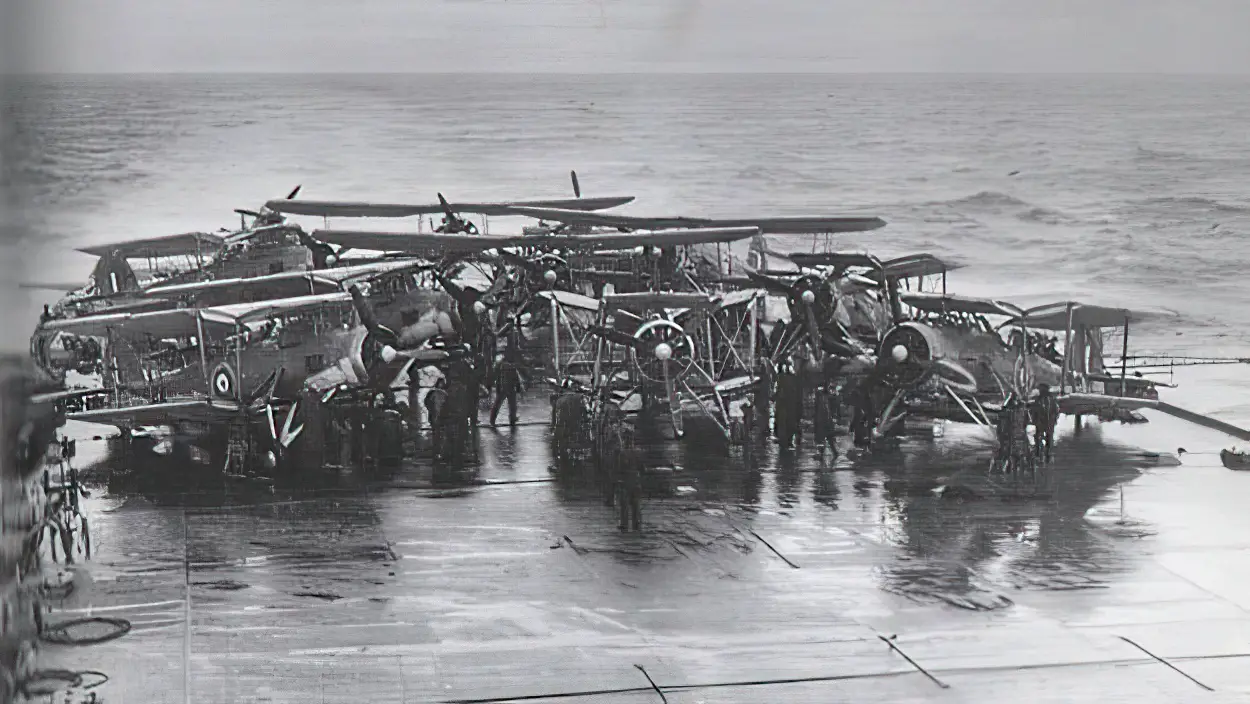
The Tides Turn
The relentless assault on the Bismarck began to bear fruit as the warship showed signs of vulnerability. Information trickled in, painting a picture of a slowed and potentially impaired battleship. This significant development spurred further action, as British forces seized the opportunity to capitalize on the Bismarck’s compromised state.
Critical torpedo strikes, particularly one that jammed the Bismarck’s rudders, proved to be a turning point. The battleship lost its formidable mobility, becoming susceptible to further attacks. British destroyers seized this advantage, mounting repeated attacks that began to dismantle the indomitable spirit and structure of the German behemoth.
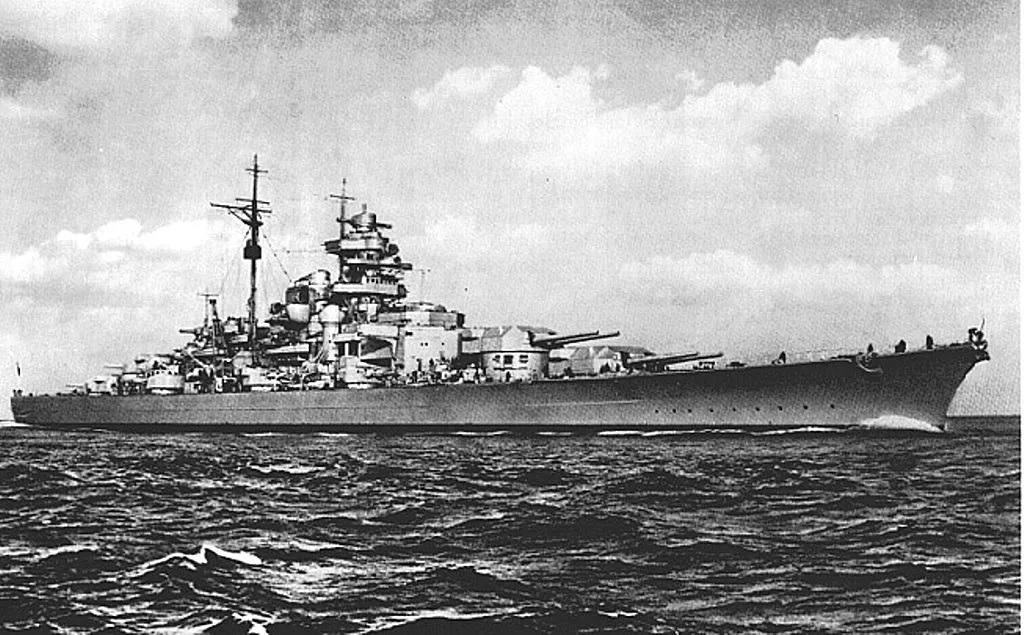
The Downfall
The culmination of relentless pursuit and tactical assaults led to the eventual downfall of the Bismarck. It wasn’t without a remarkable display of resilience, as the ship endured persistent attacks before its ultimate demise. Despite the valiant efforts of its crew and the strategic defenses mounted, the Bismarck finally succumbed to its injuries, sinking into the cold embrace of the Atlantic Ocean.
This harrowing moment marked the end of a significant chapter in naval warfare, leaving behind a trail of destruction, loss, and historical significance.
Echoes of Victory
The sinking of the Bismarck resonated as a victory that brought immense relief to the Allied forces, particularly Britain. In London, the news was received with immense relief and marked a triumphant moment that boosted the morale of a beleaguered nation. Churchill’s dramatic announcement of the Bismarck’s sinking echoed through the halls of power, marking a crucial victory in the theatre of war.
